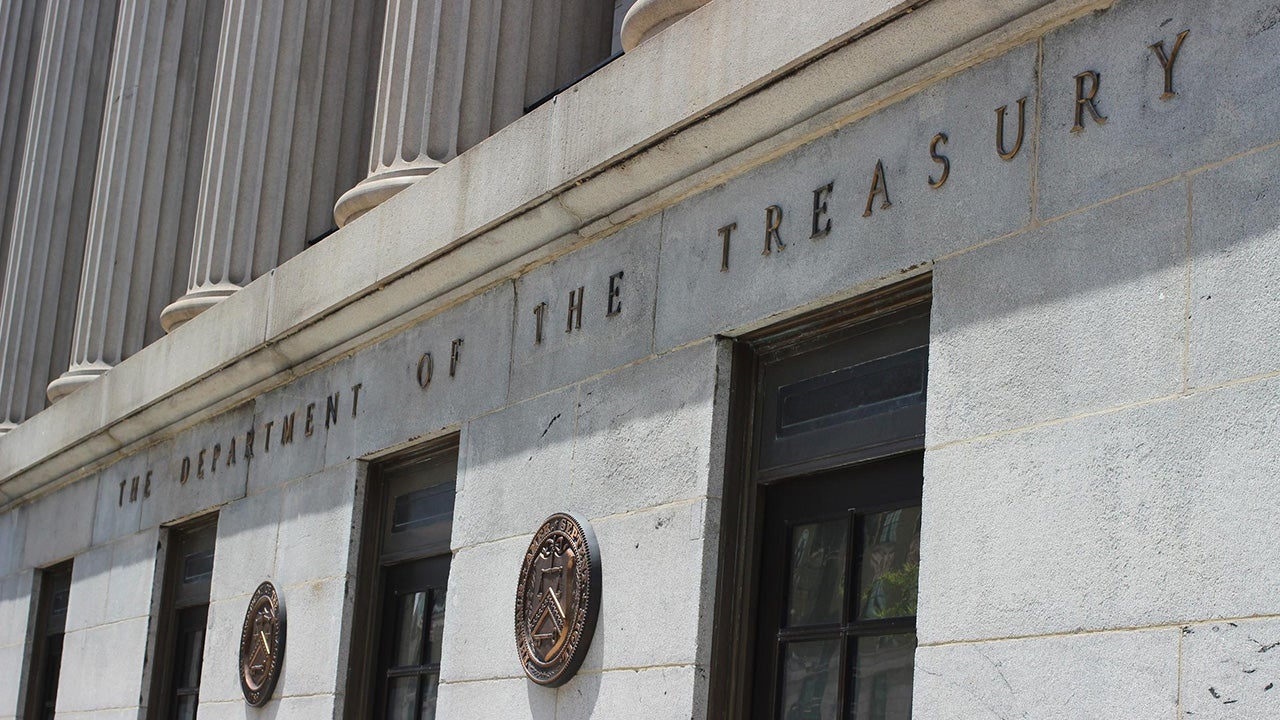Addressing the recent global bond market volatility

The start of 2025 has been marked by a meaningful rise in global bond yields, led by US Treasuries and UK gilts.
I believe that the selloff in duration is overdone and long yields are looking more attractive at these levels.
In my view, the only conceivable circumstance that would cause US Treasury yields to break through the 5% level would be for the Fed to do a 180 degree turn and start hiking short-term interest rates instead of cutting them, which is not our base case.
US Treasuries are in the center of the recent sell-off, as President-elect Trump’s inauguration draws near and investors fret over his forthcoming economic policy changes.
The incoming Trump administration’s proposal on tax cuts could boost US growth though come at the expense of the nation’s already-stretched coffers and higher levels of inflation. Tariff proposals could keep inflation elevated if implemented aggressively.
Investors have grown more cautious on developed markets (DM) government bonds
That said, the US isn’t alone when it comes to high government debt and public finance concerns.
Since the end of last year, we have seen numerous major economies struggle with fiscal burdens that have led to budget challenges in places such as South Korea, France, Germany, the UK and the US.
It’s no surprise that investors have recently grown more cautious on DM government bonds – the risk here is that higher yields place more strain on the local economy and could require further belt-tightening from the government.
While we can still expect a bit of market volatility in the early part of 2025 due to policy uncertainties, I believe that the recent sell-off may be overdone.
Firstly, President Trump is limited in what he can do with the tax rate in the US, as only the US Congress has the power to determine any changes to tax collection.
Even though the Republican party controls both the Senate and the House, the majorities are razor thin.
Thus, I believe that Trump is unlikely to fully deliver the steep tax cuts he’s promised, which should alleviate some pressure off the US fiscal position.
Trump has also put forth ways for the federal government to cut spending and has nominated public figures to reduce government waste. Spending cuts could bolster the fiscal position of the government.
Secondly, the Trump administration may govern more moderately than his fiery rhetoric would suggest. The incoming administration’s economic team is made up of Wall Street veterans – these advisors are likely to push for market friendly policies and certainly want to maintain economic and market stability.
This all leads me to believe that Trump’s policies are unlikely to meaningfully disrupt the economy and financial markets.
Disinflationary process is likely to continue around the world
Finally, the disinflationary process is likely to continue around the world and in many places, inflation is already in the targeted central bank range.
This will certainly open the door for more policy rate cuts this year. Market expectations are for only 25-50bps of Fed rate cuts through 2025, a sharp decline from just a couple of months ago.
And while it’s entirely feasible for the Fed to take an extended pause from cutting rates, I believe that the chances for a rate hike are minimal.
The existing policy rate is already restrictive and so if inflation remains sticky, the Fed is likely to hold the current rate instead of hike it.
That said, US rates volatility has been higher than average and may well continue to be. The Fed has promised to be data dependent, and markets will reprice the Fed policy path as the data comes.
Investment risks
The value of investments and any income will fluctuate (this may partly be the result of exchange rate fluctuations) and investors may not get back the full amount invested.




